When we read tech specs for products released by large, reputable companies, we tend to take their word for it that they’re being honest. I mean are we REALLY going to grab some tools, shimmy open the device, and make sure we’re getting what we paid for? No.
 Well…. maybe some of us, but that’s not the point. When you read the Nexus One screen resolution was 800 x 480 pixels it was a selling point, and chances are you weighed that as a factor when making your purchase. Well a report from Luke Hutchinson of Ars Technica is claiming that the effective resolution of the Nexus One is actually much lower – 653 x 392.
Well…. maybe some of us, but that’s not the point. When you read the Nexus One screen resolution was 800 x 480 pixels it was a selling point, and chances are you weighed that as a factor when making your purchase. Well a report from Luke Hutchinson of Ars Technica is claiming that the effective resolution of the Nexus One is actually much lower – 653 x 392.
How is this possible? If you want the full tech-heavy explanation you’ll have to read the entire article, which is definitely deep to say the least. I’m not saying the story is accurate or inaccurate – and Google has yet to comment on the issue – I’m just letting you know the opinion is out there. I would ASSUME that the Nexus One does support 800×480 pixels resolution, but the AMOLED technology utilizes those pixels in a different manner to accentuate brightness over clarity. But that’s just my guess.
The Nexus One screen is based on the “PenTile subpixel layout” which Hutchinson explains in great detail. He raises the following question, which seems to be the anchor of his contention:
Even though no single pixel contains all three color elements, is it legit to say this display has 480×800 pixels as claimed by HTC and Google?
I think it is absolutely fair to say. The pixels are there and they exist – nobody ever told you what was going to LIVE in those pixels, right? And Hutchinson admits that the hardware resolution is indeed accurate (800 x 480) and that he is challenging the “effective resolution”. In fact as Hutchinson explains the blurriness of the pixel discussion itself, you start to realize he isn’t claiming the Nexus One pixel specs are misleading, just that the practice of how pixel resolution is quantified is – as a whole – fuzzy business.
This probably isn’t the last we’ve heard of this, because according to CEO of Nouvoyance – Candice Elliot – values can be tweaked in the PenTile display driver hardware. And if something can be tweaked in a display driver, rest assured there are modders, hackers, and software engineers who will use that as their own personal playground.

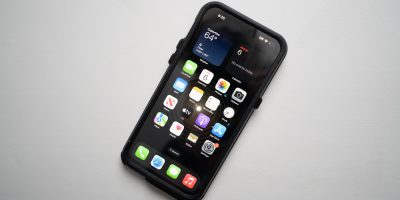
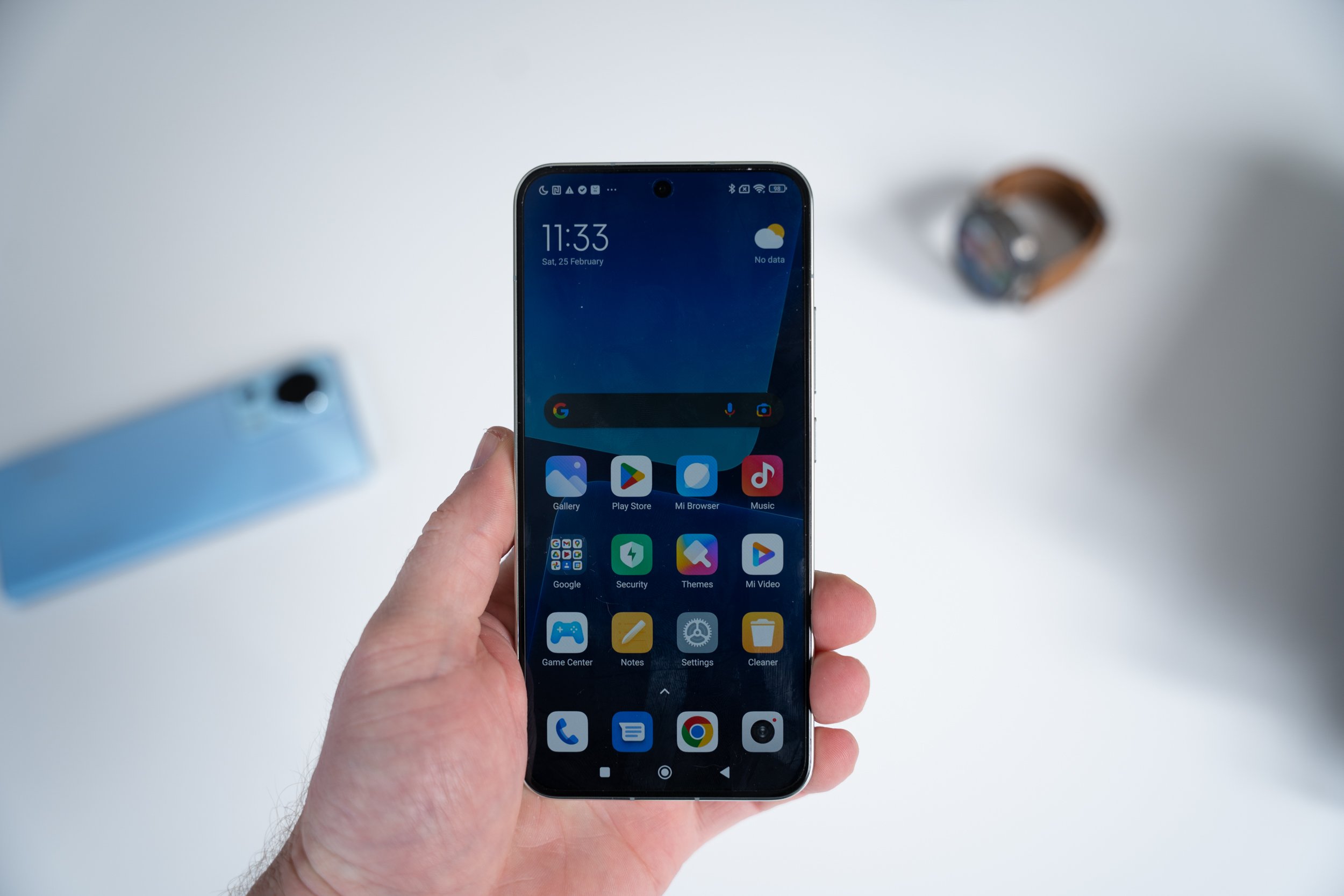
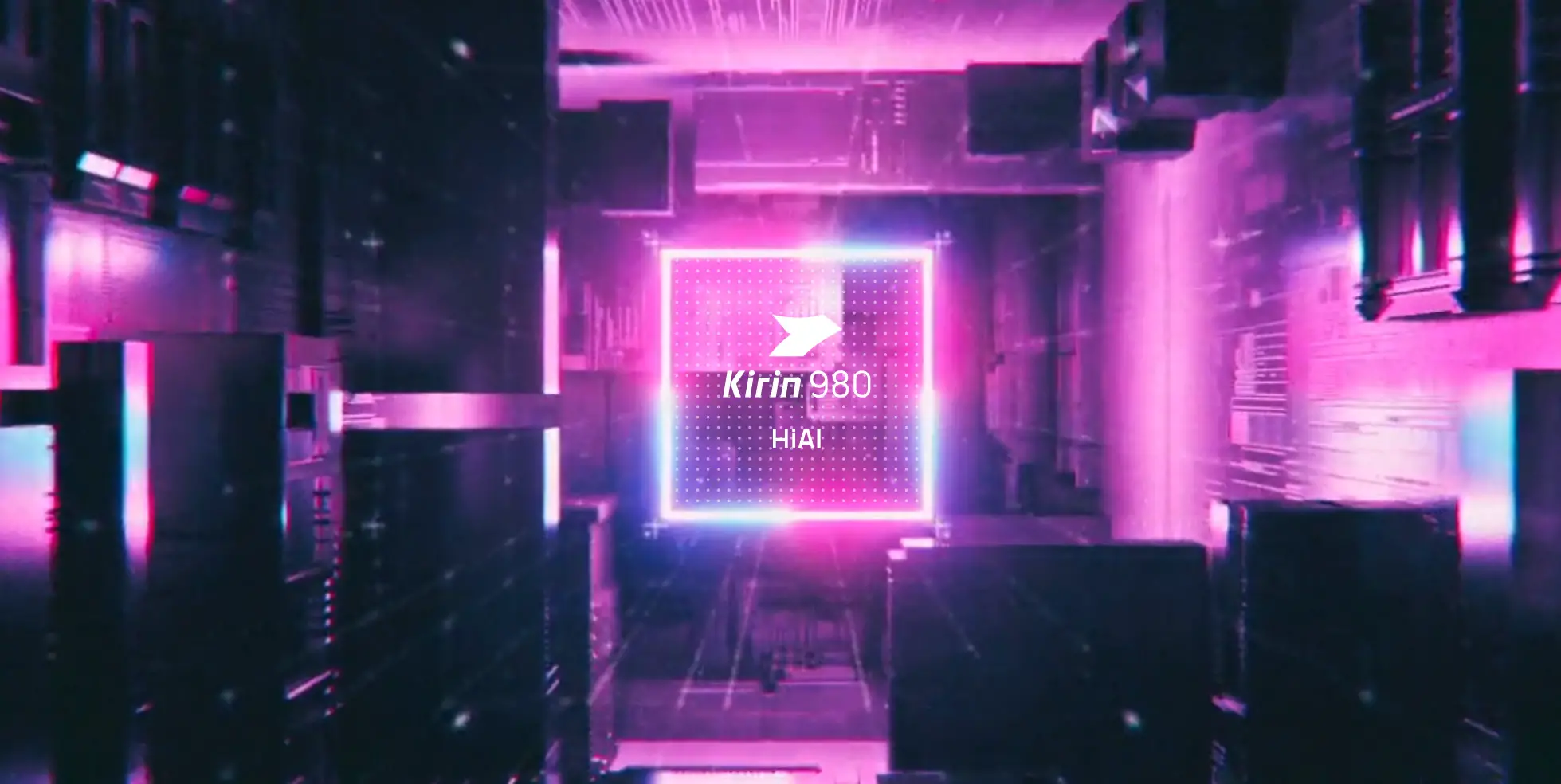
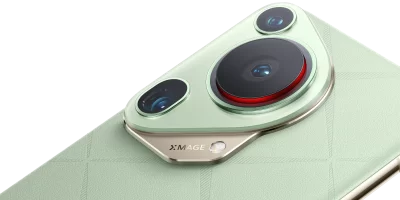
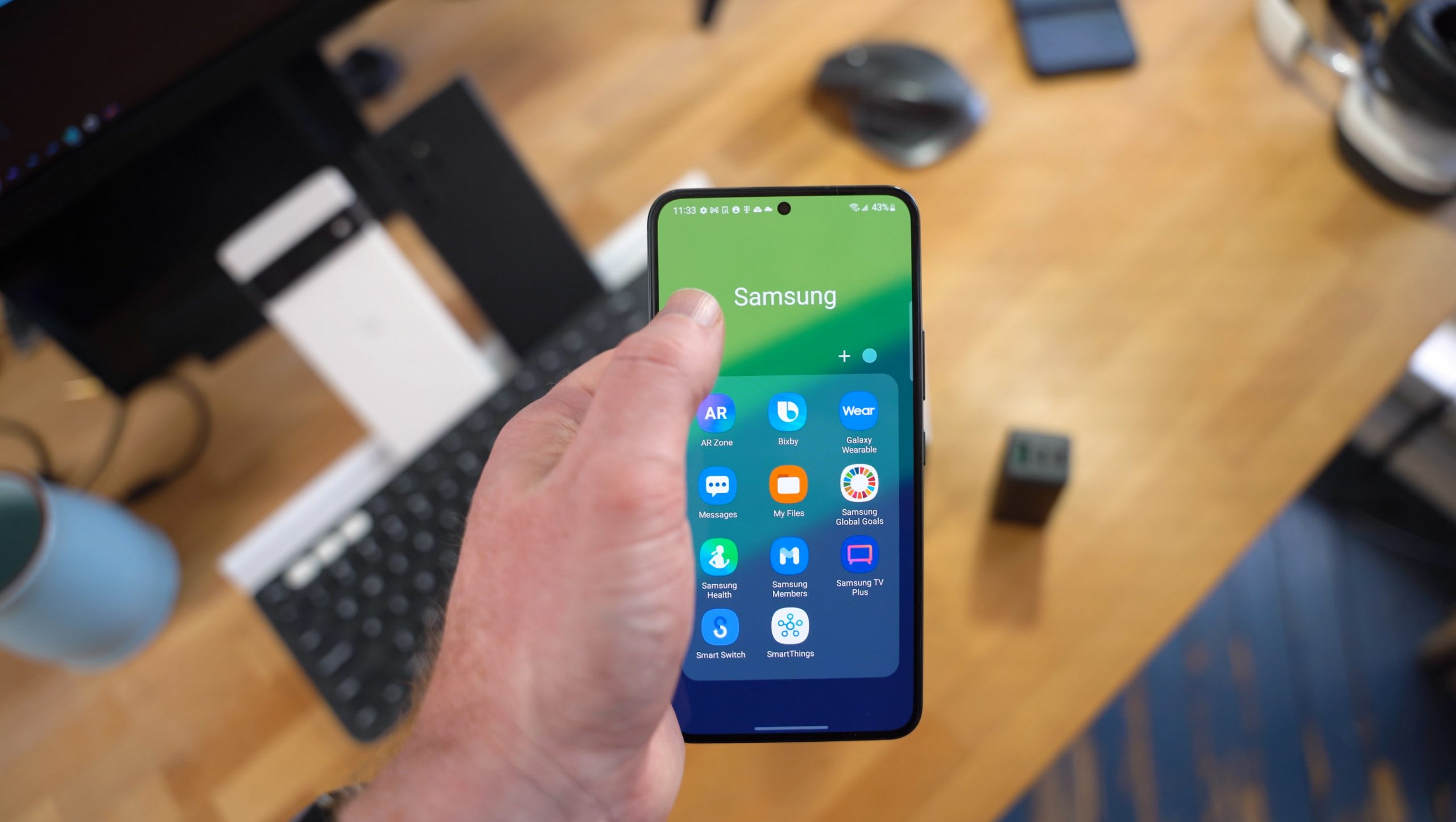
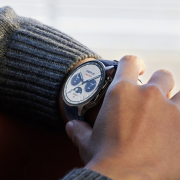
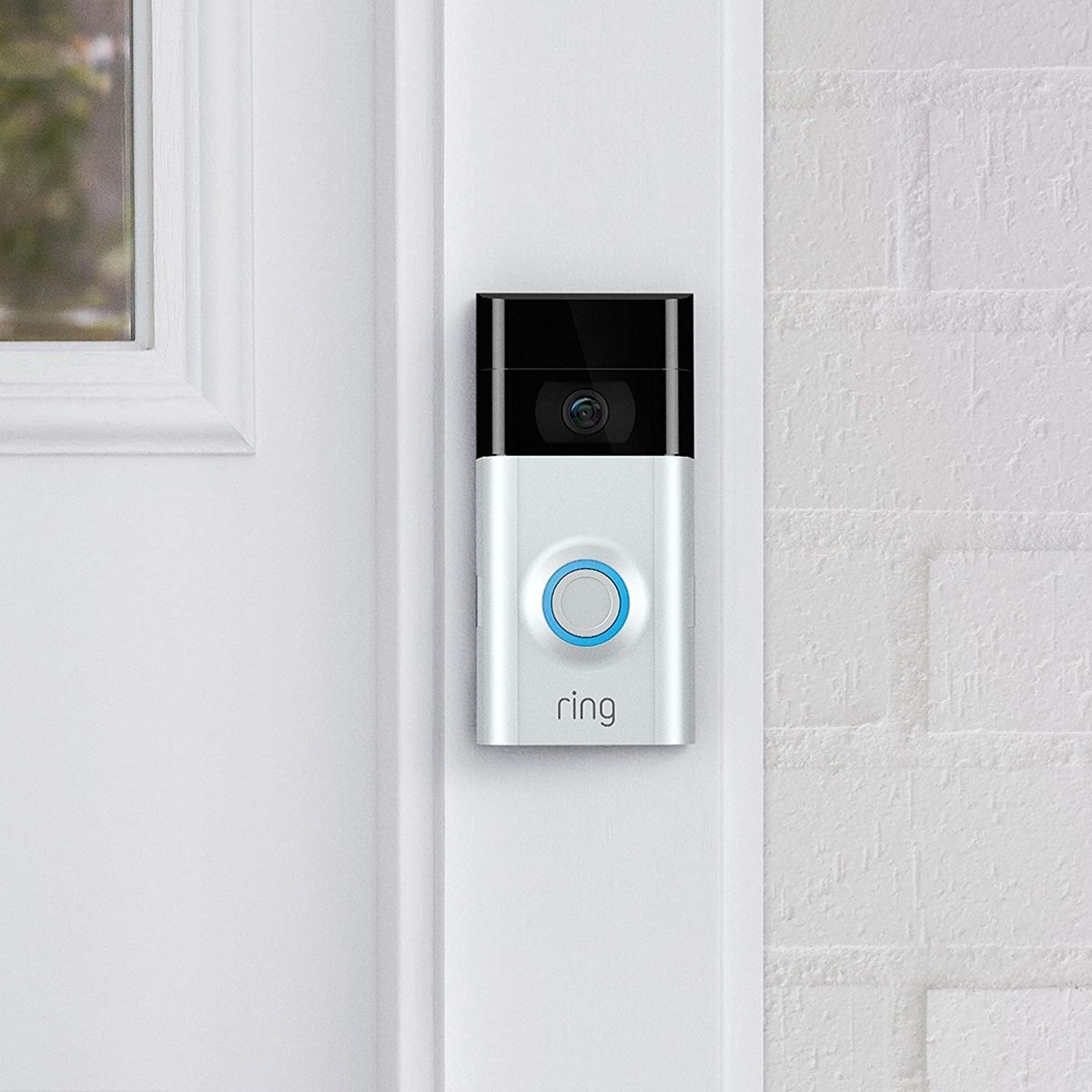

I think this pretty much the same issue with digital cameras Bayer filter. The RGB pattern of pixels effectively cuts the resolution into 3 – or so the arguement goes. So if you took an image that was of pure red shades with a 12MP camera, you would essentially have a 4MP image. Hence the Foveon X3 sensor which said it was in effect a (for example) 10MP sensor when it had approx 3.xMP because it recorded RGB on a single site.
Fuzzy counting indeed. Make of it what you will. The arguements go on.
I spoke with Luke at this month’s MassGTUG and he showed a few of us the issues with the PenTile display of the N1.
It’s true, i saw the green-fringing (colored moire-like patterns) on some of the gray-pattern pics. It’s noticable.
Text on the Droid looks indeed somewhat sharper than on the N1, but i didn’t find the difference too big.
However, for most uses, you won’t notice it at all.
I know that everyone will see this as some kind of damning bombshell, but it’s really a non-issue if you know anything about how bitmapped displays are used.
PenTile encoding is way to make lines sharper (remove “jaggies”) and is a form a anti-aliasing, in this case it’s a variant of “sub-pixel anti-aliasing”.
Why should you not care? Because *every* modern LCD/LED display connected to a computer uses it and therefor every LCD display has an issue similar to this. Windows XP/Vista/7/Mobile uses Cleartype, a patented sub-pixel rendering, and I have no doubt the iPhone uses something too. Hell, my Apple //c from 1984 can do it in double-hi-res mode.
Let me say it again: this is a NON-ISSUE. My 24-inch LED Cinema display uses a technique like this and no one cares. It’s only being brought up here because the Nexus One and AMOLED screens are the hot topic and people are eager to ride the coat-tails.
OMG Get a life people, and HEY in other breaking news, hard drives really aren’t as big as claimed either! I mean once you get the O.S. on there and it wastes 512 bytes / sector and you have all these empty bytes in each sector…
Give me a fricking break. My God.
What the hell are you talking about Brad? As far as I know you pretty much get exactly the amount of storage on you HDD as the companies selling them tell you. The problem is in the units used to count them. The HDD companies work in S.I. units were 1 GB is 1 000 000 000 bytes, but Windows says GB but in fact uses GiB (Gibibyte) were 1 GiB is 1 073 741 824 bytes.
My 2 TB HDD for example has 2 000 396 742 656 bytes, which is 2 TB in S.I. units, but Windows says it has 1.81 TB but it should say it has 1.81 TiB (Tebibyte) or 2.00 TB (Terabyte).
Brad’s argument is what is the true definition of that specific technology. Sure, the true effective pixel is 653 x 392, but there are 800 x 480 pixels on the screen itself. As technology matures, the older definition needs to be refined and updated.
I’ve suspected something along these lines with the Nexus’s display. There’s always been a granular look to the pixels when compared to screens like, say, the Touch Diamond I had once upon a time. However, the screen is still pretty damn good, and like Anton said, it’s not all that noticeable in general use.
Back to Displays – When choosing a camera, monitor, printer, phone display – I need to ask “What am I doing with this?”- Example if you are shooting a photo that is monochromatic including only reds than the Foveon is better than a chip using the Bayer pattern of same size. I personally shoot mostly full color photos and so the bayer pattern is better for me (the way pixels are currently counted). So when choosing a phone display …. what is most important to you? text, b&w images, Color images…
I presume this means the Desire is probably the same?
I just came from a nokia N900 with 800×480 screen and its a lot sharper than my new Nexus One’s screen but is doesnt really matter because I prefer the brighter colors and true black tones of my N1.
I don’t blame HTC or Google for this. To the average consumer, the important aspect is the supported resolution – sub-pixel rendering is just a technique. Seriously, how many people will notice this on a 240dpi dispay?
It goes both ways, 4-color pixel TV’s does NOT equate to a 25% higher resolution:
http://www.sharpusa.com/AboutSharp/NewsAndEvents/PressReleases/2010/January/2010_01_06_Booth_Overview.aspx
this is starting to make sense, since when you look at a Moto Droid screen, while not as vivid or bright, appears much sharper…
This is total BS. No one cares how the sub pixels are laid out, at all. The dot pitch is so fine that you *cannot* detect the difference. I know, I’ve had both a Droid and a Nexus One. The N1 has exactly as many pixels as advertised, but AMOLED lays out the subpixels differently than LCD. Big deal.
You know another thing is I wonder if the author of these articles actually sat down and counted the amount of “pixels”, or just assumed “hey they say 800 pixels but each one is really one 1/3 of a real pixel..” Did he count them? I mean maybe there really is 2400 actual physical pixels (3 for each logical pixel)
I never saw where he said he magnified it and actually counted the real pixels. Dumbass…
-Brad
whats next, it has 55o mhz processor that was pedaled out in crappy phones for years
@Cleargrey Actually, you are not correct. A 12-Megapixel camera sensor chip is typically 4000 pixels by 3000 pixels = 12 Million pixels. Each pixel has three sub-pixels: one for red, green, and blue. So a red image has 12 Million points in it, just like a blue one. If this were not true then images would be different resolutions depending on what was in them and if there was any color variation in the image, the image would look distorted as more pixels are required to represent a location on line 1 but different number for the same location on line 2. The pentile layout is a biological optimization based on the reduced localization sensitivity of the human macula in the shorter (more blue) wavelengths. Basically, you share some of the blue sub-pixels.
I smell a lot of dismay from new N1 owners. First the touch screen issues…now this. Face it, your baby is looking worse and worse at each passing day. An additional gut shot is that new sprint phone coming out this summer. Ouch.
The point most people misses is that the resolution is still higher than an iPhone. Maybe not so sharp than a droid, but what the heck, I need a loupe to see pixels on my droid. Without I only get smears from my nose.
So everybody who did real life comparision says the screen is much better than an iPhone. But wait, if the new iPhone gets the same screen, suddenly everybody will tell you how wonderfull it is (because now Apple did the RIGHT job on this).
I beg to differ. I think a pixel is supposed to also include it’s own, independent information to be considered a pixel. That’s why we don’t count upconversion pseudo pixels with up converted DVD to HD pictures.
HOWEVER! I don’t really care. It’s a 3.7 inch screen, and it looks fantastic. Not to mention the fact that you couldn’t even tell the difference the way the information is shared among pixels with 653 x 392 and 800 X 480. And finally, it’s STILL better than iPhone! :-D
What this is total bull, thats it my Nexus One is going back for a full refund. LOL, Not!
@Brad “…or just assumed “hey they say 800 pixels but each one is really one 1/3 of a real pixel..” Using that math wouldn’t get you anywhere close to the 653×392 that he came up with.
How come every article about the nexus one on android sites is a negative one? It seems like there are so many people who want to put the phone down.
@Brad: Luke is certainly not a dumb-ass! He’s got a point. But I think that most of use will never really notice it.
—-
@Jonathan F:Cleargrey is right. A 12MPixel (4000×3000) CCD/CMOS sensor has 12 million pixels. A regular 4000×3000 CCD has 6 million green sensing pixels, 3 million blue sensing pixels and 3 million red sensing pixels. The bayer pattern is (rgrgrgrg…, gbgbgbgb…, rgrgrgrg…, gbgbgbgb…, …, …), twice as many green pixels than either the red or green ones. This is done because most of a picture’s luminance is measured with the green pixels. A clever demosaicing algorithm can again create 12million RGB pixels out of that.
Im so disappointed, t’s just one thing after another with this pos. After having a g1, mytouch, and now nexus, I can confidently say it wasn’t worth it, I’m tired of androids inexcusable bugs and other shortcomings. Never thought id say this but I was wrong about android, the iPhone is better
@Anton, @Cleargrey: Yes. Absolutely, that is correct, but the issue at hand is about image resolution. As you point out, the image coming off the sensor (which I interpreted as a so-called camera chip or other complete image sensor system) contains 12 million points — each with an R,G,B component. The “pixel” is the RGB composite and there are 12 million of them — regardless of content. Now each pixel’s sub-pixels contain some redundant information (due to Bayer or Pentile arrangement and the mosaic reduction process), but the resulting image pixel itself (not the raw CCD/CMOS pixel) is a 3-tuple containing unique spatial information.
Actually, if we accept Cleargrey’s logic, then the image resolution should be considered to be only 1 pixel by 1 pixel (a giant red one). This logic ignores the fact that measuring a blue and green intensity of 0 at each pixel is also information! Just like measuring red at every point in the image space is also unique information.
I mean no disrespect. Just enjoy a good stimulating conversation. Cheers!
A lot of commentators seem to be confusing subpixel antialiasing with actual pixels. On a colour display, I would expect each ‘pixel’ to be able to be on or off – i.e. show white or black.
.
The PenTile system does not allow this. With each subpixel at 100%, the pixel will display either orange (RRG) or light blue (GBB). Only with two adjacent pixels fully on would the viewer see white light (RRG+GBB=RRGGBB).
.
If you turn subpixel rendering off on a true 800×480 RGB display (where each pixel has three subpixels), the resulting image will still have 800×480 pixels. If you wished to eliminate subpixel effects from a PenTile display, you would have to halve the vertical resolution, producing a resolution of 400×480 (or possibly 800×240; it depends how the pixel pattern is orientated.
(Ctd.) Either way, the pixels would be decidedly non-square.
.
In any case, Luke Hutchinson is not writing about the evils of subpixel rendering. His point is that we use our phones to read text (SMS, email, web) far more than to view pictures. PenTile works very well for photographs because of how the human eye works. But text requires high contrast between black and white pixels, which PenTile does not do at all well.
.
As for contrast, there is no reason a PenTile display should be brighter than a ‘true’ RGB display; both have the same area of red, green and blue on the screen. I suggest everyone read the full article, as it is very interesting.
Oh, and a big point about the Bayer system is that, as chroma is encoded with half the resolution of luma in jpeg images anyway, there will be no loss of resolution whatsoever in a jpeg image taken with a Bayer sensor. (Raw images are a different matter, but that’s another matter.)
.
However, you wouldn’t use a camera to take pictures of text. Unless you’re some kind of Cold War spy.
List of FUD non-issues put out about the N1:
-$530 is too expensive
-Touch element can’t do multitouch
-Screen flawed (banding in gallery)
-No one’s buying them
-Touch element not as accurate as others
-Screen resolution is a lie (Pentile arrangement)
If Apple and it’s fans hate it this much it has to be a great phone (and a threat).
FUD indeed.
In other news, most HDTV’s really isn’t “true” HD, Hard drives aren’t as big as claimed, “Fat Free” doesn’t mean “Zero” fat, ETC! Focusing on details that have NO bearing in normal reality just to make people feel that they have been scandalized in some way.
Copied from Wikipedia: “To dispel FUD, the easiest way is to ask for details and then provide well researched, hard facts which disproves the details”, which shows my point above that the author of the “article” mentioned shows no hard data that the screen is physically NOT 800×480, and also takes an amateur stand on calculating a “virtual” screen that we see. I’m sure the original designers of PenTile knew they psychology behind such an arrangement and knew it works just as well. The quotes about text being harder to read are simply anecdotal and there is no shown proof that text is really blurrier in this article! Just some invented imagery (the zoomed in image is not real, but he said he pasted a pixel image over the top of it). The text on the Eris is blurrier to me, for example, but that doesn’t mean that the Eris is “misrepresented”, to some it looks just fine. It’s just a personal preference.
I wonder how many people, upon buying a new car, go out of their way to *actually* measure the engine capacity, down to the last c.c. ;)